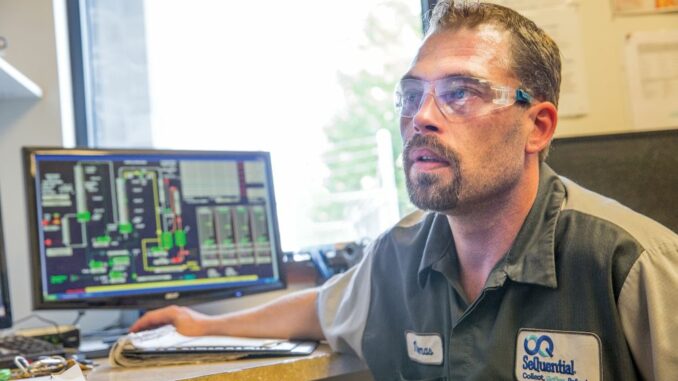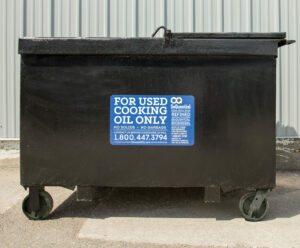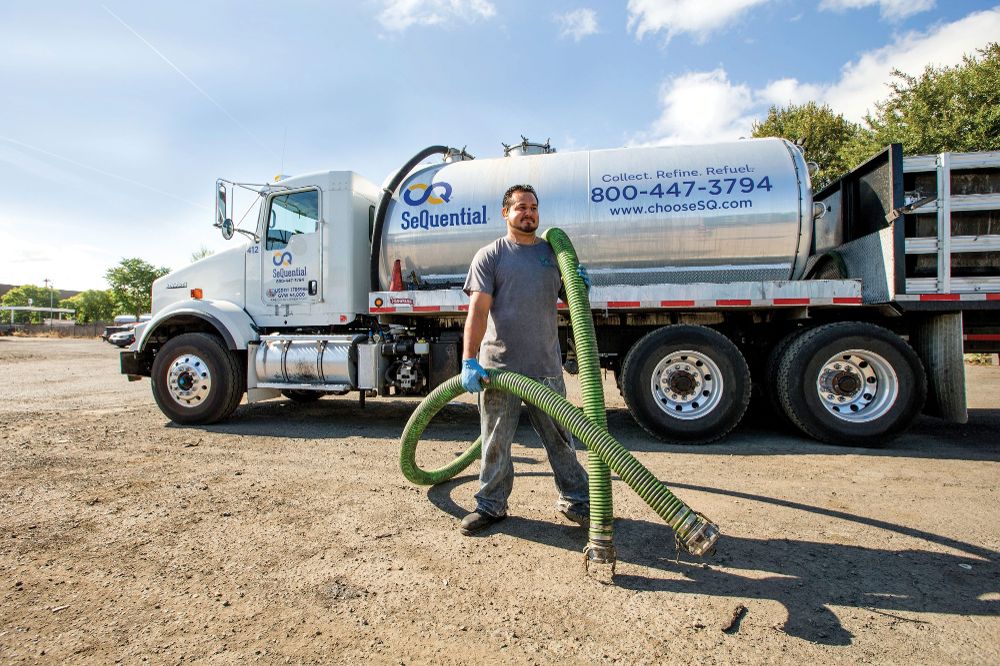
By Tyson Keever, chief operating officer of SeQuential - 12.27.2019
Approximately 52.4 million tons of food is sent to landfills each year, while an additional 10.1 million tons remains unharvested, according to a 2016 report by Rethink Food Waste Through Economics and Data (ReFED): Restaurant Food Waste Action Guide. This results in approximately 63 million tons of annual waste. Thus, ReFED developed the Roadmap, an achievable path to reduce food waste by 20 percent in a decade via 27 cost-effective, feasible and scalable solutions. ReFED’s report also suggests that implementing the initiative allows restaurants and food service providers to gain the largest business profit improvement.
Further, in 2015, the U.S. Department of Agriculture (USDA) and U.S. Environmental Protection Agency (EPA) announced the first ever domestic goal to reduce food loss and waste by 50 percent by the year 2030. In April of this year, the USDA and EPA issued the FY2019-2020 Federal Interagency Strategy with the U.S. Food and Drug Administration (FDA) as part of the Winning on Reducing Food Waste Initiative that launched in October 2018. As part of the initiative, the agencies agree to coordinate food loss and waste actions in the areas of awareness, research, tool development, policy discussion and more.
 ReFED’s Roadmap is a valuable guide for restaurants to follow, but it’s not the only step they can take to reduce food waste in the kitchen. In fact, imagine your kitchen just got done whipping up a batch of fresh cut fries. What happens to the old cooking oil that’s left behind in the commercial-grade deep fryer? The global cooking oil market is expected to reach approximately 130 billion by 2024, a rise from 85 billion in 2017.
ReFED’s Roadmap is a valuable guide for restaurants to follow, but it’s not the only step they can take to reduce food waste in the kitchen. In fact, imagine your kitchen just got done whipping up a batch of fresh cut fries. What happens to the old cooking oil that’s left behind in the commercial-grade deep fryer? The global cooking oil market is expected to reach approximately 130 billion by 2024, a rise from 85 billion in 2017.
Thus, restaurants will continue to have more cooking oil to dispose of, or better yet, recycle. Recycling cooking oil that would otherwise go to waste is a practically effortless practice to put in place and can be done at virtually no cost.
Cooking oil that has been used in deep fryers and other common cooking methods is an excellent source material for biodiesel, a cleaner burning alternative to petroleum diesel fuel that offers striking environmental benefits. Made from either recycled oils and fats or from oil-bearing plants, biodiesel is a non-toxic, high quality fuel with a carbon footprint up to 85% smaller than traditional diesel. While vegetable and olive oil are among the most popular oils used in commercial kitchens, both can be recycled to create clean, highly efficient biodiesel that fuels vehicles and greatly reduces environmental impact. Plus, there’s no need to separate oils by type.
Restaurants have a responsibility to maintain a clean and safe environment for customers and employees, while also ensuring that the kitchen grease trap is in prime condition and the facility’s disposal of cooking oil is in full compliance. Most cities enforce strict disposal codes designed to keep used cooking oil and other toxic materials out of the sewer and storm water systems. Choosing to contract with a vendor who will provide you with a container, collection schedule and haul away your used oil is a simple approach to cutting food waste and implementing sustainable practices for your restaurant. Employees are simply responsible for placing the used oil in the container.
 It’s important to note, however, that not all vendors recycle the oil they collect. Used cooking oil, or yellow grease, as it’s known in the material collection industry, can also be used to make a variety of disposable products such as pet food or cosmetics.
It’s important to note, however, that not all vendors recycle the oil they collect. Used cooking oil, or yellow grease, as it’s known in the material collection industry, can also be used to make a variety of disposable products such as pet food or cosmetics.
It is crucial to thoroughly research vendors to ensure you’re selecting one who will use the used cooking oil for biodiesel production, either directly or through partnership with a third party, and more importantly, allow your restaurant to truly reap the sustainable benefits of cooking oil recycling.
Not only does biodiesel produce fewer emissions than petroleum diesel, it’s much less harmful to produce. After used cooking oil is collected, it must be tested to ensure it’s free of contaminants. Next, the oil will be dried and purified to remove food particles and other impurities that could prevent its refinement into usable biodiesel. This purification process involves filtration to remove larger particles, as well as heating to separate useable and recyclable fat. Finally, once it’s purified, the used oil can be refined into biodiesel through a process known as transesterification. Some vendors also return what isn’t made into biodiesel back into their recycling and refining process to reduce waste further.
Your restaurant has strict regulations to follow regarding proper disposal of used cooking oil. Working with a vendor to recycle your used cooking oil can help your restaurant avoid hefty fines and damages resulting from improper disposal, and more importantly, play its part in protecting the environment and reducing food waste.
 Tyson Keever is chief operating officer of SeQuential, the longest-running commercial biodiesel producer on the West Coast. The company collects used cooking oil from all over the region and transform it into biodiesel, a cleaner, non-toxic diesel fuel that offers a 50% reduction in harmful particulate matter and hydrocarbon emissions, and a carbon footprint up to 85% smaller than petroleum diesel.
Tyson Keever is chief operating officer of SeQuential, the longest-running commercial biodiesel producer on the West Coast. The company collects used cooking oil from all over the region and transform it into biodiesel, a cleaner, non-toxic diesel fuel that offers a 50% reduction in harmful particulate matter and hydrocarbon emissions, and a carbon footprint up to 85% smaller than petroleum diesel.
Are you an industry thought leader with a point of view on restaurant technology that you would like to share with our readers? If so, we invite you to review our editorial guidelines and submit your article for publishing consideration.

